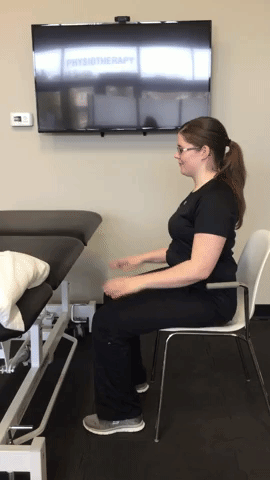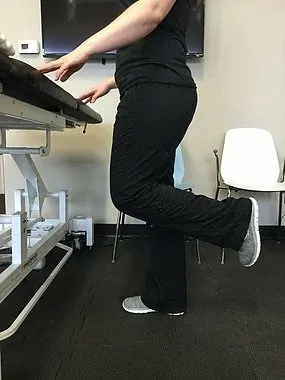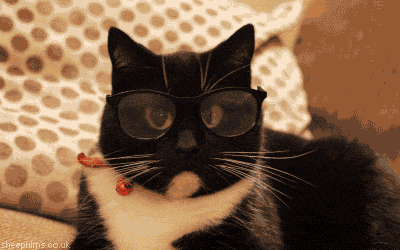According to Stats Canada,
Up to 20% of Canadians aged 65 and older have had a fall in the previous year. As you get older, many things about your body change.
Typically, your eyesight declines, your muscular strength and endurance decreases, and your balance starts getting worse.
Sometimes, these changes can contribute to a fall, which may or may not lead to another fall…
which CAN cause significant injuries such as a fractured hip .
Even worse, this can lead to a FEAR of falling and a subsequent decrease in activity level…
which can,
unfortunately, increase your risk of falling again! Does this sound like you, OR someone you know?
While I admit that there are many changes as you age that you can’t control, there are just as many changes that you CAN control.
Working to improve your function as you age can increase your confidence at preventing falls.
Here are five tips to reduce your fall risk:
1. Strength training
This can start with something as simple as a sit to stand exercise.
This is a great exercise that works similar muscles to a squat, including your quadriceps, and gluteal (bum) muscles.
Start by doing 10 repetitions in a row, and take a break if you need to. Breathe throughout the exercise (don’t hold your breath!).
You can use a chair with arms or a chair next to a counter if you need some extra balance support with this exercise.

2. Balance training If you don’t use it, you lose it! Many of my clients stare at me like I’m crazy when I ask them to stand on one leg during their assessment.
These same clients, after a few weeks of practicing their balance at home, can stand on one leg with relative ease.
Many people will report that they “just have bad balance”. The great thing about balance is that you can easily improve with practice!
Start by standing next to a counter with both hands resting lightly on the counter and lift one leg up.
Progress by lifting 1 hand up off of the counter, and then your 2nd hand off of the counter.
Try to balance for as long as you can! Work on it for 1-2 minutes at a time, taking breaks and touching your hands/ feet back down whenever needed.

Note: These example exercise training suggestions are targeted towards older adults
who do not use a gait aid and are living at home (if you DO use a gait aid (ie. cane or a walker) or have a level of function that will not allow for the above exercises,
Or have pain during these exercises, you may require some modifications).
Safety is the number one focus when starting any new exercise program, so use a spotter if needed when starting out with these exercises.
3. Get your eyes checked! Make sure your eyeglass prescriptions are accurate, and that you WEAR your

eyeglasses (they don’t help you see when they’re on your nightstand!). Your “balance system” uses many cues from the body, including your vision.
If your vision has declined, there is poorer information for your brain and body to use to keep its balance.
4. Clean up your home environment! Remove clutter from stairs or in walking areas. Consider the placement of tripping hazards, such as scatter mats.
Ensuring good lighting (especially at night time) can also help create safe navigation in your home.
5. Add some helpful equipment (if needed)! Install handrails on all indoor and outdoor stairs/steps and grab bars in the bathroom.
Increasing your points of contact will improve your balance and decrease the chance that you will fall, whether on the stairs or in the bathroom.
There are many assistive devices to make living at home easier and safer, depending on your function level.
Using a gait aid, like a cane or a walker, may also be appropriate for some older adults that are having difficulty with their balance when standing and walking.
These are some very simple ways to start to decreasing an older adult’s fall risk.
The best way to minimize an older adult’s fall risk is for a physiotherapist to assess their capabilities and limitations,
In order to provide an individualized program for each person.
One older adult can have a much different activity level or health history compared to another older adult of the same age.
Are you concerned about your risk of falling?
Call us at 519-895-2020, or use our online booking tool on www.strivept.ca to book an appointment with one of our knowledgeable physiotherapists, and they will be sure to assess your level of function to determine the best treatment plan.
Cheers, Amanda McFadden Physiotherapist at Strive Physiotherapy & Performance